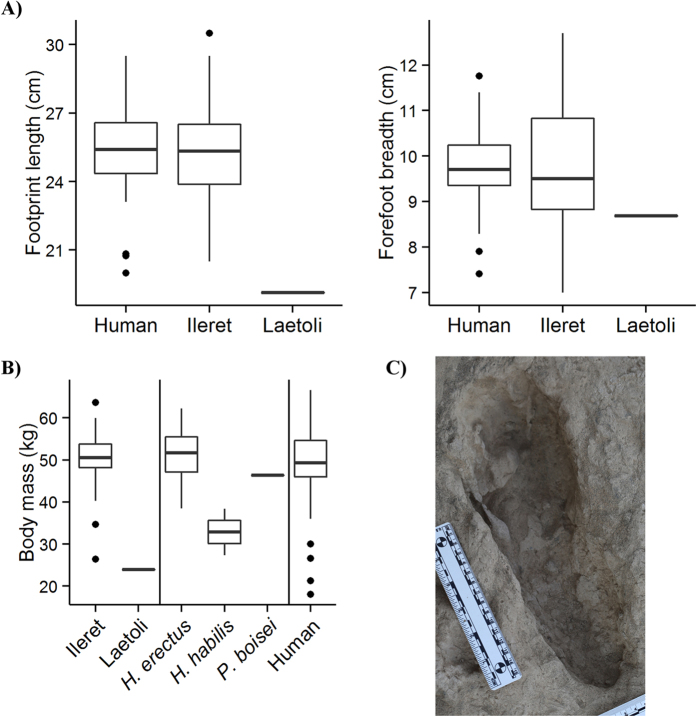Figure 2. Comparisons of external footprint dimensions and body mass predictions from fossil hominin footprints.
In all boxplots, the box encloses the 25–75% interquartile range, the bold line represents the median, and the upper and lower whiskers extend to the largest and smallest observations within a distance of 1.5 times the interquartile range above and below the limits of the box. (A) The 1.5 Ma Ileret hominin footprints are comparable in size (length and breadth) to the prints of habitually barefoot modern humans. The 3.7 Ma prints from Laetoli are considerably shorter in length and only somewhat narrower. In the figure, data are averaged by trackway (fossil tracks) or subject (human tracks). Total sample sizes are—human (n = 41 subjects, 490 footprints), Ileret (lengths: n = 28 trackways, 46 footprints; breadth: n = 36 trackways, 68 footprints), Laetoli (n = 1 trackway, 5 footprints). (B) Predictions of body mass from fossil track dimensions (left), are compared with body masses estimated from postcranial skeletal material of hominin species living near Ileret around 1.5 Ma (center) and measured body masses of the habitually barefoot modern human experimental sample (right). The Ileret hominin prints (n = 23 trackways) suggest much larger body masses than the prints from Laetoli (n = 1 trackway). They are more comparable in predicted mass to modern humans (n = 41 subjects) and skeletally derived estimates for H. erectus (n = 4) than they are to estimates for fossils attributed to P. boisei (n = 1) or H. habilis (n = 2), consistent with preliminary analyses44. See Supplementary Table 3 for details on fossil skeletal sample. (C) Photograph of an exceptionally large (>30 cm long) Ileret track, estimated to be a 58.8 kg male. Scale at left is 15 cm.

